Introducing your baby to solid foods is an exciting milestone in their journey of growth and development. Baby-led weaning, a popular approach, emphasizes self-feeding and allows babies to explore food at their own pace. In this article, we will look into the principles of baby-led weaning. We will also discuss how it empowers your baby to become an active participant in their nutritional journey.
Baby-led weaning offers an alternative approach to introducing solid foods, emphasizing autonomy and exploration over traditional spoon-fed purées. In this article, parents will discover the benefits of allowing their little ones to engage with and control their food intake from the get-go. This method can build a positive relationship with food and enhance fine motor skills as babies grasp, taste, and experience a variety of textures and flavours. Embarking on the journey of self-feeding means you need to be patient, be ready for possible difficulties, and celebrate the messy but joyful moments.
1. What is Baby-Led Weaning?
Baby-led weaning is a method that encourages self-feeding from the start of the solid food journey.
a. The Basics
Baby-led weaning involves introducing solid foods to your baby. These foods are appropriately sized and textured finger foods, rather than spoon-feeding purees.
b. Promoting Independence

The core principle is to empower your baby to explore and enjoy food independently, building self-confidence and developing essential motor skills.
2. The Right Time to Begin
When should you start baby-led weaning? Timing is key to a successful start.
a. Signs of Readiness
Look for signs of readiness, such as reasonable head control, the ability to sit up unassisted, and the disappearance of the tongue-thrust reflex. This motion pushes food out of the mouth.
b. Typically, Around Six Months
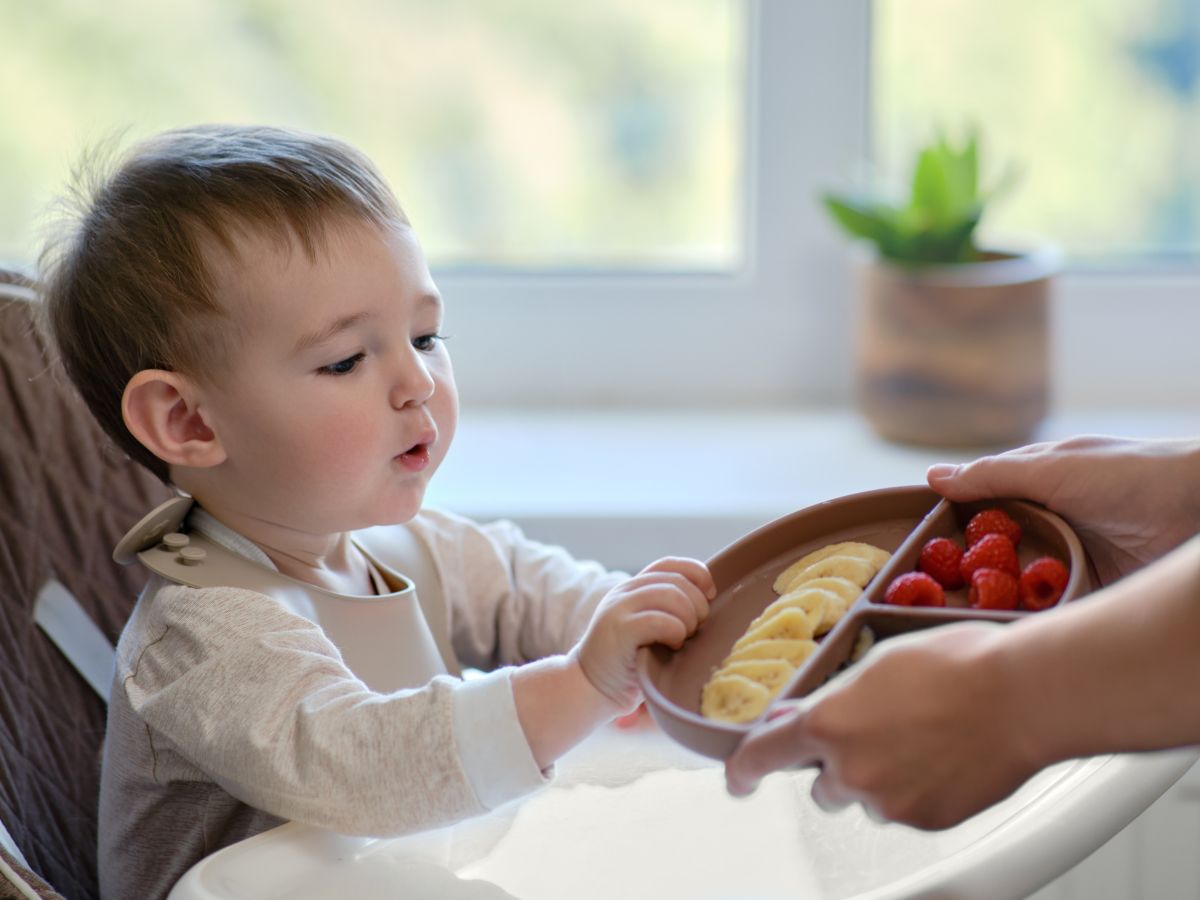
Most babies are developmentally ready for solids around six months, but it can vary. Always consult your paediatrician before starting.
3. The Advantages of Baby-Led Weaning
This approach offers numerous benefits for both babies and parents.
a. Development of Motor Skills
Self-feeding encourages the development of fine motor skills as your baby learns to grasp and manipulate food.
b. Healthy Eating Habits
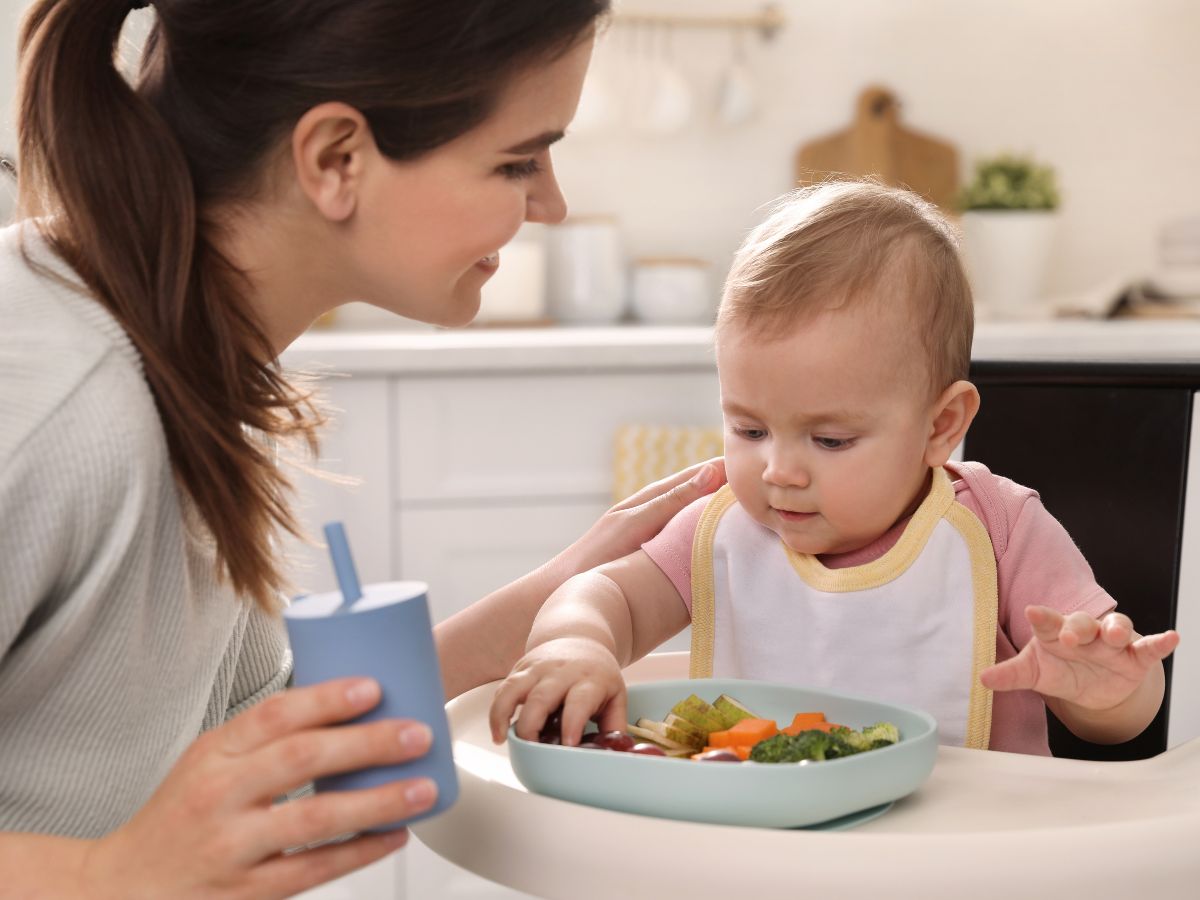
Baby-led weaning promotes a positive relationship with food. It encourages a variety of textures and flavors, potentially reducing picky eating habits.
c. Family Meals
Babies can join family meals from the beginning, building social interactions and making mealtime a bonding experience.
4. Getting Started: Preparing the Environment
Creating a safe and supportive mealtime environment is crucial.
a. High Chair and Safety
Invest in a stable high chair with a secure harness to keep your baby safe while sitting up. Remove potential hazards from the eating area.
b. Appropriate Foods
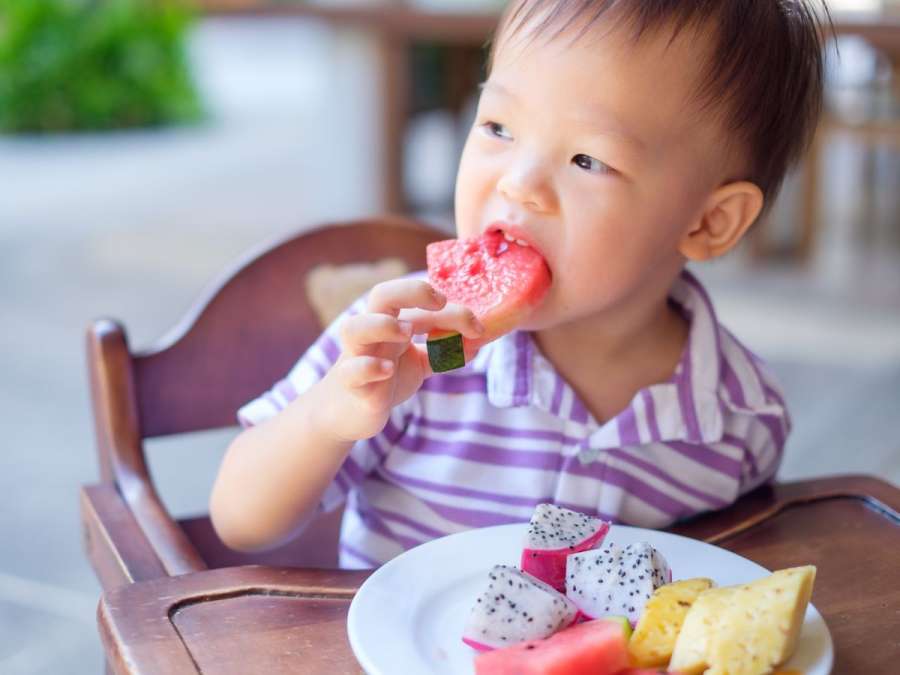
Offer foods that are soft, easy to grasp, and free of choking hazards. Options like steamed vegetables, ripe fruit slices, and well-cooked pasta are excellent choices.
5. The Role of Observation
As a parent, you observe, support, and encourage.
a. Observation is Key
Allow your baby to explore food without interference. Observe their cues and reactions to different textures and tastes.
b. Encourage Independence
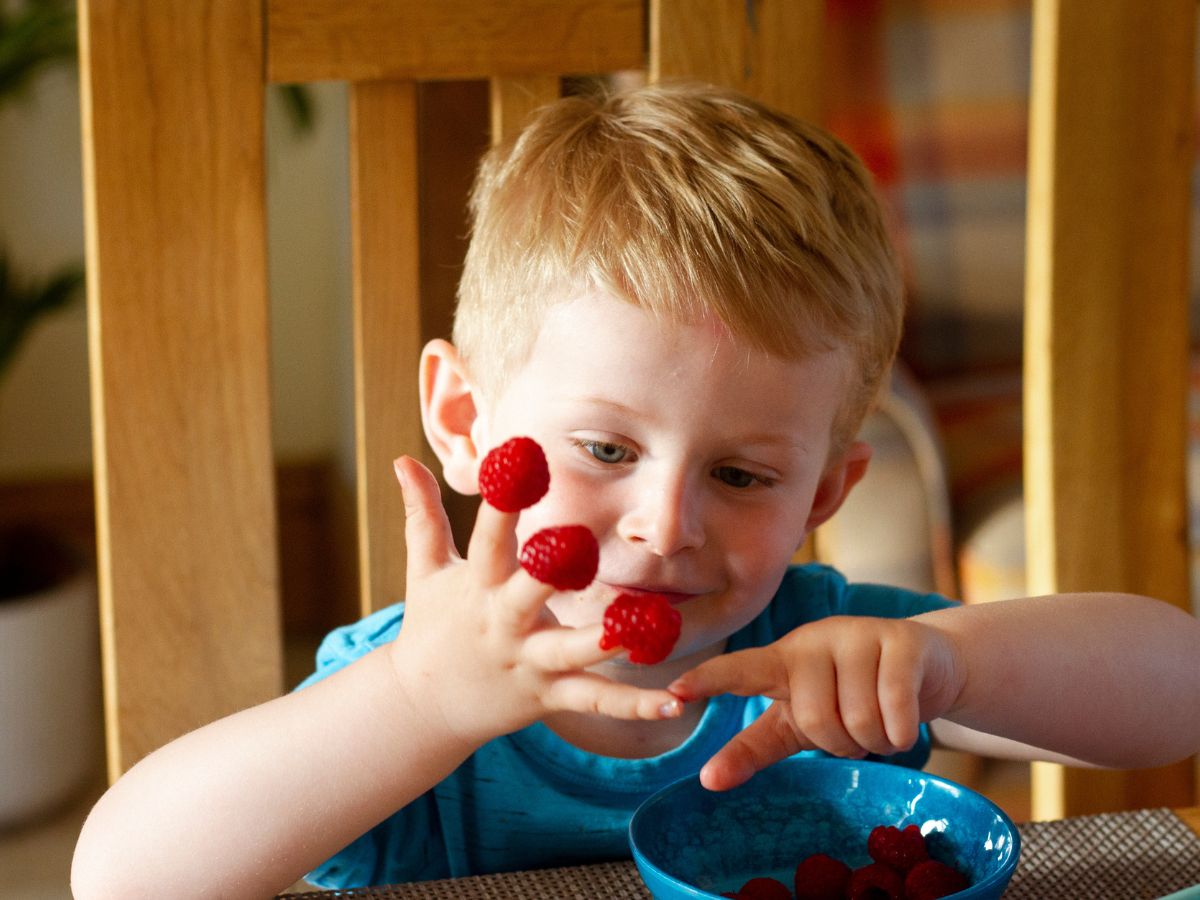
Resist the urge to intervene unless necessary. Encourage self-feeding by placing food within your baby’s reach and letting them decide what to pick up.
6. Common Challenges and How to Overcome Them
Baby-led weaning can have challenges, but they can be managed with patience and guidance.
a. Messy Mealtimes
Expect messiness as your baby explores food. Use bibs and a splat mat to contain the mess, and remember that it is all part of the learning process.
b. Choking Concerns

While baby-led weaning is generally safe, choking is a concern. Learn the difference between gagging and choking; always be prepared to respond if needed.
7. The Transition Period
Your baby may not immediately take to self-feeding. Transitioning to solid foods is a gradual process.
a. Gradual Introduction
Start with a few small pieces of food and gradually increase the variety and quantity as your baby becomes more comfortable.
b. Breastfeeding or Formula

Continue breastfeeding or formula feeding alongside solids. Breast milk or formula remains the primary source of nutrition until around the age of one.
8. Food Allergies and Intolerances
When introducing new foods, be mindful of potential allergies and intolerances.
a. Introduce Allergenic Foods
Follow your paediatrician’s guidance on introducing allergenic foods like peanuts, eggs, and dairy, particularly if your family has a history of allergies.
b. Be Watchful

Watch for any signs of allergic reactions and consult your doctor for concerns.
9. The Journey Continues
Baby-led weaning is a dynamic and evolving process.
a. Adapting to Preferences
Your baby’s preferences may change over time. Be flexible and open to adjusting the types of foods you offer.
b. Celebrate Milestones
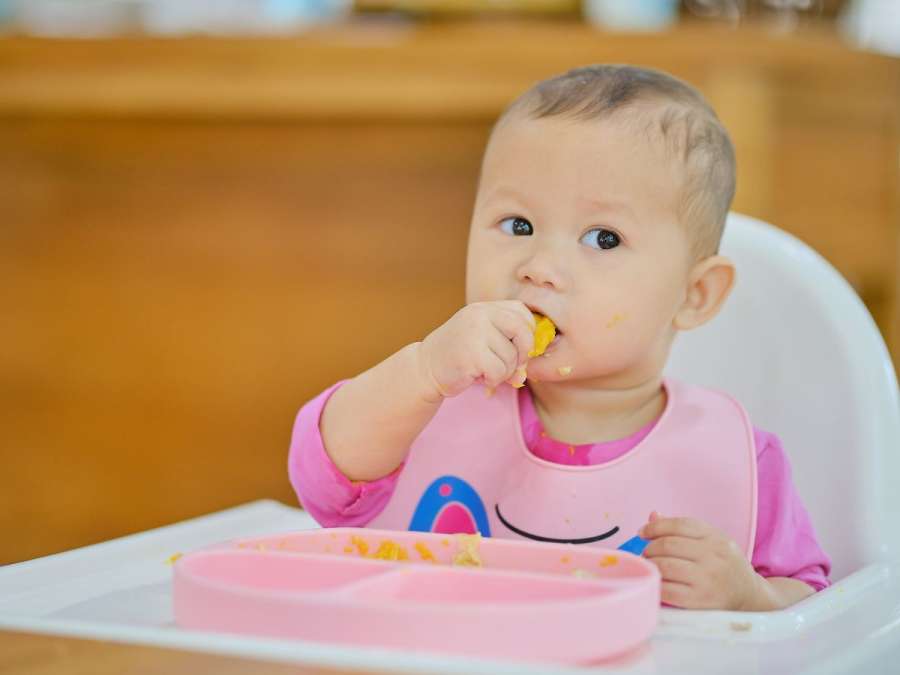
Celebrate each milestone along the way. As your baby becomes more adept at self-feeding, it is a joyous reflection of their growing independence.
Baby-led weaning is a nurturing approach that encourages self-feeding, independence, and a positive relationship with food. This approach starts right from the beginning of your baby’s solid food journey. It builds essential motor skills and establishes a foundation for a lifetime of healthy eating habits. As a parent, you create a supportive mealtime environment, observe your baby’s cues, and offer guidance as needed. Embrace the messiness, overcome challenges with patience, and savour the moments of discovery as your little one embarks on this exciting culinary adventure. Baby-led weaning is not just about food; it is a journey of empowerment and growth for you and your baby.
